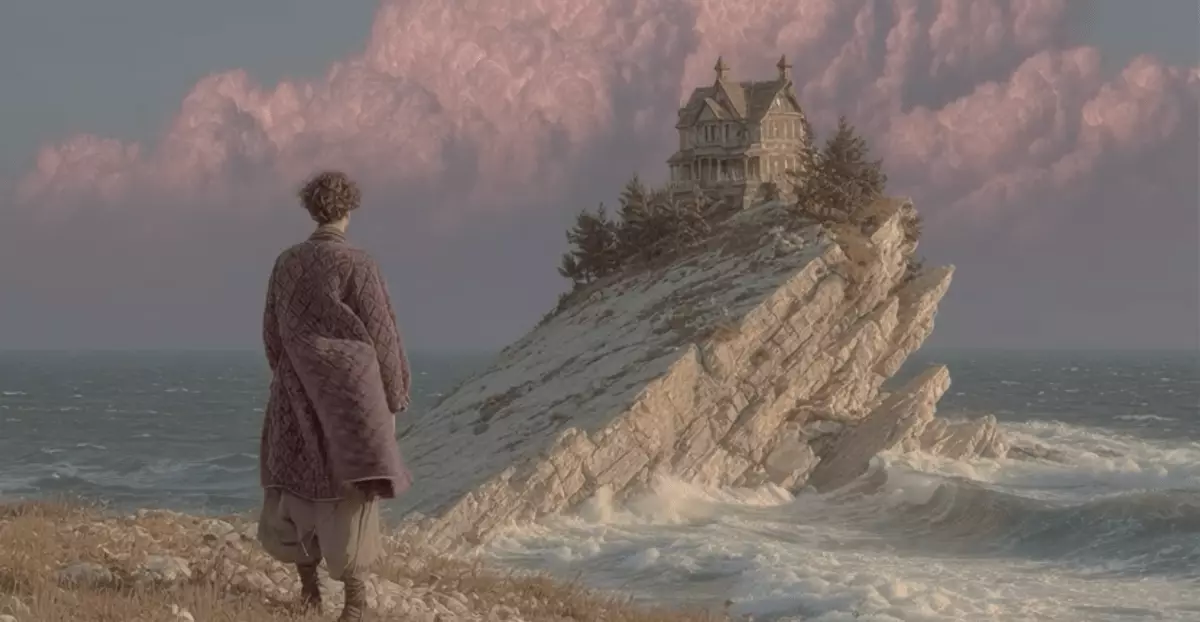The digital landscape is continuously evolving, with artificial intelligence at the forefront of innovation. Among its trailblazers is Midjourney, a company that has recently introduced a pioneering AI model capable of animating still images. With this new technology, users can seamlessly convert their static visuals into dynamic short videos. This capability marks a monumental shift in how content is produced and consumed, reflecting the growing intersection between creativity and technology.
By utilizing either user-uploaded imagery or content generated within its own platform, Midjourney empowers users to breathe life into their creations. From simple illustrations to elaborate designs, the platform provides an avenue for artistic expression, merging the realms of traditional art and modern technology. This initiative not only emphasizes Midjourney’s commitment to innovation but also showcases the potential of AI to revolutionize creative industries.
A Peek into the Features
What sets Midjourney’s video generator apart is its user-friendly interface and interactive features. After creating images, users can activate the “animate” function, generating a five-second clip based on brief text prompts. This immediate feedback loop allows creators to refine their ideas quickly. Moreover, the additional option to use uploaded images as starting points enhances personalization, allowing the creator’s vision to manifest uniquely.
Furthermore, users can expand their animations by extending them by four seconds on up to four occasions, enabling creators to produce videos that can reach a total length of 21 seconds. This flexibility in timeframe is a game-changer, allowing for concise storytelling that can capture audiences’ attention without overstaying its welcome. With both high and low motion settings, the platform accommodates various creative needs, catering to those who desire kinetic movement and those who prefer a more static filmic approach.
Subscription Model: A Barrier or an Investment?
While the innovation is commendable, the subscription pricing raises eyebrows. Starting at $10 per month for limited GPU time, it’s clear that Midjourney is addressing the service’s resource-intensive nature. With reports suggesting that video production will cost up to eight times more than image generation, potential users may feel the pinch. While the pricing strategy alludes to the advanced technology provided, it also risks alienating budding creators who may find the financial barrier daunting.
The need for a subscription, combined with the monetization of video features, poses an important question: is this merely an investment in creativity, or does it underline a growing commoditization of artistic expression? The implications could significantly impact accessibility and inclusivity in creative fields, driving a wedge between those who can afford innovative tools and those who cannot.
Legal Challenges Amidst Innovation
As revolutionary as Midjourney’s technology may be, its launch isn’t without controversy. The company is facing legal challenges from industry giants Disney and Universal, raising important concerns regarding copyright infringement and the unauthorized generation of protected content. This lawsuit highlights the delicate balance between innovation and intellectual property rights, forcing creators and companies to question the ethical implications of AI-generated content.
Disney and Universal’s apprehensions reflect a broader unease within the creative community regarding the potential misuse of groundbreaking technology. As with any innovation, the risk of misuse exists. The question remains whether the benefits of democratizing creativity through AI can outweigh the pitfalls of potential ethical breaches.
Setting the Stage for Future Developments
Midjourney’s founder David Holz has described this initial version of their video generation tool as merely a “stepping stone.” The aspiration to develop models capable of real-time open-world simulations suggests that the possibilities for creativity using AI are expansive. Fellow tech giants such as Google, OpenAI, and Meta are similarly diving into the realm of AI video generation, indicating a robust interest in the horizon of virtual storytelling.
While the competition heats up, it’s important to acknowledge the societal effects of such rapid advancements. The evolution of AI in the creative domain could foster new forms of expression, but it also demands a thoughtful approach toward regulation and ethical standards. As these technologies take root, society must navigate this new frontier carefully — harnessing their power while safeguarding the unique essence of human creativity.


Leave a Reply